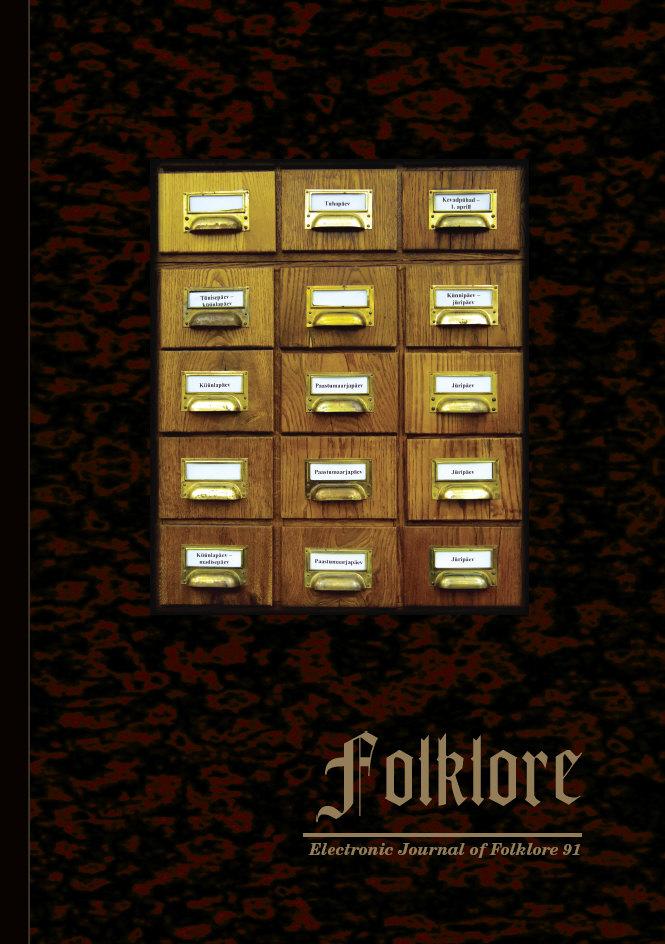If Oskar Kolberg Had Had the Phonograph… Or How to Read the Oldest Archival Notes of Polish Traditional Music through the Prism of Phonographic Experience
If Oskar Kolberg Had Had the Phonograph… Or How to Read the Oldest Archival Notes of Polish Traditional Music through the Prism of Phonographic Experience
Author(s): Jacek JackowskiSubject(s): Cultural history, Customs / Folklore, Music, Cultural Anthropology / Ethnology, Culture and social structure
Published by: Eesti Kirjandusmuuseum
Keywords: traditional music; archival sound recordings; Oskar Kolberg;
Summary/Abstract: The article explores the value of different types of sources (written, audio) of traditional music in the context of contemporary Polish folk music research and practices. The military twentieth century rendered a large gap in the records (especially in the sound recordings) of traditional music and in order to obtain a more coherent and complete picture of the essence and development of traditional music, it is necessary to combine all the bits and pieces in different types of recordings. The most recent research has allowed us to study the first notations of traditional music made by Oskar Kolberg in the nineteenth century in quite a new context – via audio experiences after listening to archival recordings. The “phonic age” delivered additional data about traditional music – not only lyrics, melody, intervals and formulaic notation of rhythms, but also every detail that could not have been captured and saved with the use of traditional musical notation. The appearance of new techniques of sound recording has a particular meaning and influence for the reconstruction of the ancient sound of village music and for styles and manners of performing. It is important not only for musical performers but also for theoreticians who often face the problem of how to interpret historical descriptions of music or how to truly perform historical reality (e.g., ethnomusicologists, ethnographers, film and radio-audience producers, etc.). An experimental study was conducted in collaboration with contemporary musicians on how they interpret the acquisition of a new piece written down over one and a half centuries ago. The results revealed notable differences between the musicians with academic education, younger generation revivalists, and traditional musicians in terms of acquiring the style of performance but also in shares of improvisation. In addition, the notation is not able to describe the nuances of performance and therefore the audio recordings or live models are of extreme value in the practical learning and researching of traditional music.
Journal: Folklore: Electronic Journal of Folklore
- Issue Year: 2023
- Issue No: 91
- Page Range: 47-70
- Page Count: 24
- Language: English

